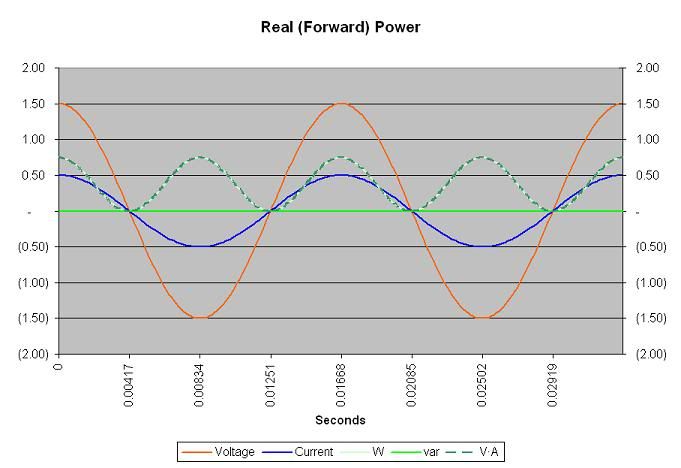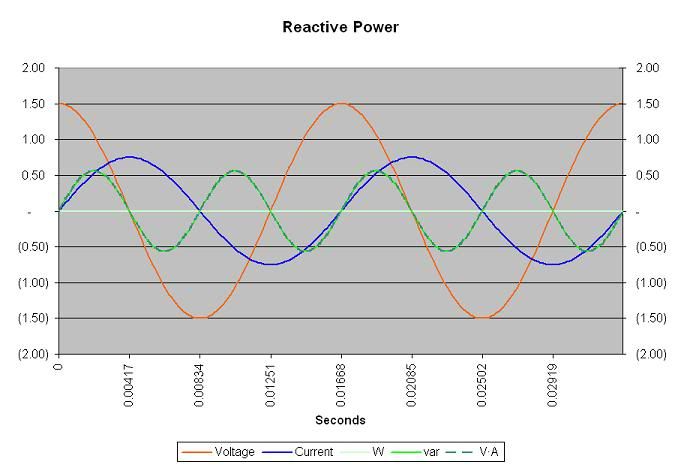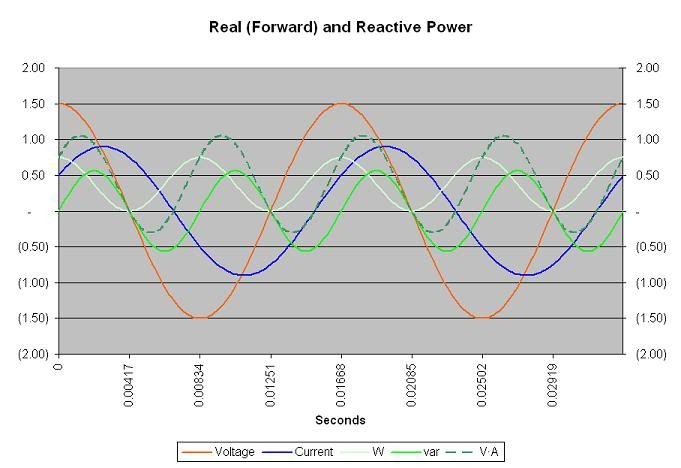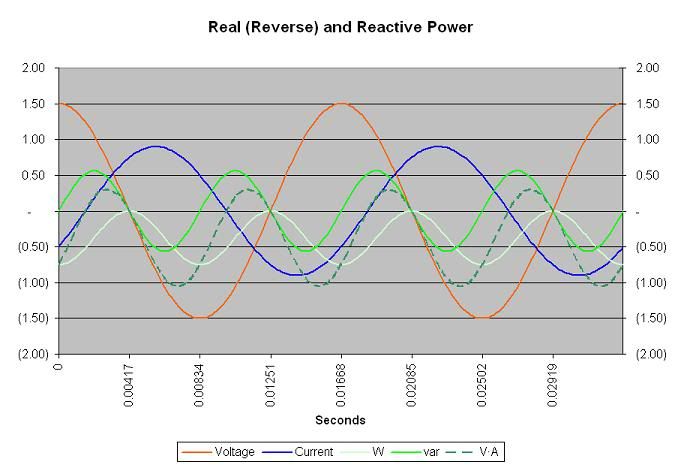gar
Senior Member
- Location
- Ann Arbor, Michigan
- Occupation
- EE
110607-1048 EDT
A standard question by A. D. Moore in his class was ---
What is the maximum phase shift in an RC network?
The usual, but incorrect, answer was 90 deg. The incorrectness can be easily illustrated by examining the fundamental design of an HP RC oscillator.
But it is true that 90 degree is correct for a single stage RL or RC circuit, meaning one R and one C or L. The trap is the word network and its meaning.
As I have stated previously in this thread the major problem is definitions.
Personally I do not think negative power factor as defined by tallgirl has much use other than to say what direction power is flowing. As a power company seeing negative PF at some point in the system what am I going to do with this information. I, as the power company, could put switched capacitors at that point that I control to modify the power factor. But would I, no.
Suppose the load is not generating any power and the PF = 0.9 . As this load starts to generate only real power, the PF seen by the utility goes down, then 0, then negative. All this time the utility was supplying the same amount of reactive power, and gradually supplying less real power, and finally receiving real power instead of supplying it.
Ideally, ignoring other minor factors, the utility would like the load to have eliminated the reactive component. Then the PF would be 1 or -1 using tallgirl's definition. And it only becomes a power direction indicator. It becomes indeterminate at 0 power flow.
I think that working with loads of this type I would rather use independent measurements of real and reactive power to evaluate the load.
I do not like PF being defined using the cos because this is only a special case of the general definition of PF. The cos special case works with linear loads and sine waves. This certainly is not the real world today. I have a much flattened peak on my voltage waveform. In turn this implies a lot of capacitor input filter loads on the system pulling large peak currents at the voltage peak. cos serves no purpose here.
.
A standard question by A. D. Moore in his class was ---
What is the maximum phase shift in an RC network?
The usual, but incorrect, answer was 90 deg. The incorrectness can be easily illustrated by examining the fundamental design of an HP RC oscillator.
But it is true that 90 degree is correct for a single stage RL or RC circuit, meaning one R and one C or L. The trap is the word network and its meaning.
As I have stated previously in this thread the major problem is definitions.
Personally I do not think negative power factor as defined by tallgirl has much use other than to say what direction power is flowing. As a power company seeing negative PF at some point in the system what am I going to do with this information. I, as the power company, could put switched capacitors at that point that I control to modify the power factor. But would I, no.
Suppose the load is not generating any power and the PF = 0.9 . As this load starts to generate only real power, the PF seen by the utility goes down, then 0, then negative. All this time the utility was supplying the same amount of reactive power, and gradually supplying less real power, and finally receiving real power instead of supplying it.
Ideally, ignoring other minor factors, the utility would like the load to have eliminated the reactive component. Then the PF would be 1 or -1 using tallgirl's definition. And it only becomes a power direction indicator. It becomes indeterminate at 0 power flow.
I think that working with loads of this type I would rather use independent measurements of real and reactive power to evaluate the load.
I do not like PF being defined using the cos because this is only a special case of the general definition of PF. The cos special case works with linear loads and sine waves. This certainly is not the real world today. I have a much flattened peak on my voltage waveform. In turn this implies a lot of capacitor input filter loads on the system pulling large peak currents at the voltage peak. cos serves no purpose here.
.







